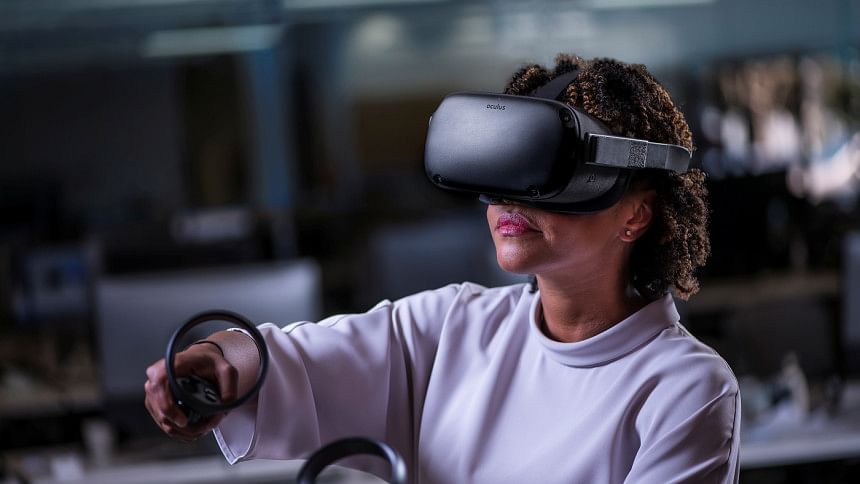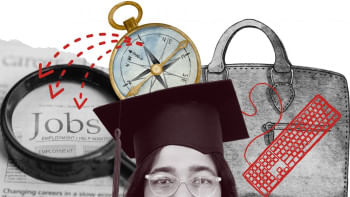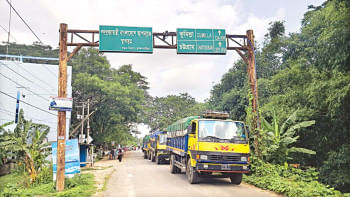How VR is transforming education through immersive learning

Back in our school days, we learnt about history and many historical landmarks in the classroom from our textbooks. There used to be beautiful pictures of historical places like Egypt's pyramids or the Roman Colosseum. We often wondered what it would feel like if we could walk through those places and see them in reality. But cost and distance made such visits unattainable for most of us. These historic wonders remained confined to our imaginations and the printed pages, leaving us to dream of a reality beyond our reach. Once bound by imagination, these childhood dreams are now much closer to reality through the wonders of virtual reality (VR). Students today can explore these historical landmarks as if they were physically there.
VR creates an immersive three-dimensional environment. It was conceptualised in 1965 with a visionary idea—"The Ultimate Display"—by Ivan Sutherland, and the term "virtual reality" was coined in 1987 by Jaron Lanier, who is often considered the father of VR.
The technology is no longer confined to virtual tours of historical landmarks. Its application is rapidly expanding across diverse fields of education, transforming the learning experience like never before. I believe this is an invention comparable to the mobile phone. Mobile phones were initially invented to enable people to communicate over long distances without any wired connection—a true revolution. But now, what isn't there in a mobile phone? People are getting countless benefits from it in various forms. Similarly, VR is no longer just about immersive environments, its scope has expanded across many fields.
VR provides innovative solutions to the challenges in traditional education. One of the most notable advancements is the rise of virtual labs. These labs are now used in schools worldwide, enabling students to conduct practical experiments without physical lab equipment. Nowadays, complex experiments in physics and chemistry can be simulated using VR. Students can now visualise molecular structures with it. Another significant advantage is that chemical reactions can be simulated in a safe virtual environment, enabling students to learn without risks. Architecture students can now create and visualise 3D structures using tools like Autodesk VR. Additionally, universities around the world are easily using VR to show their students notable architectural landmarks, along with their construction techniques and designs.
A significant use of VR has also emerged in the medical sector. Anatomy is being taught through VR by showing 3D models. A risk-free immersive environment is being created using virtual reality to develop surgical skills of medical professionals and to provide training for complex operations.
Many schools take their students to museums and historical places using VR. Westminster Law School in the UK introduced a virtual reality game back in 2016 to teach students criminal law by allowing them to experience murder scenes through VR. During the pandemic, a professor at the University of North Carolina sent VR headsets to students and built a virtual classroom to conduct classes.
The University of Rhode Island's College of Pharmacy has developed a VR lab for high school students to conduct virtual experiments on medicinal plants. On the other hand, online platforms like VRLab Academy provide hundreds of science experiments for VR users.
Many universities in Bangladesh are also incorporating VR into education, particularly in fields like architecture and history. Some institutions have established specialised VR labs to support research, while companies like Nerdiz have introduced VR kits in schools, enabling students to explore historical sites virtually.
Beyond higher education, VR can bridge the urban-rural education gap by bringing virtual science labs, historical site tours, and vocational training to schools and training institutes. Affordable VR kits, public-private partnerships, and government-backed initiatives can ensure that students, regardless of location, have access to these advanced learning tools. Mobile VR classrooms could also be deployed to underserved regions, providing equal learning opportunities across the country.
To make VR a reality in Bangladesh's education system, localised content development and strategic collaborations with edtech startups, universities, and global tech firms are essential. The government and private sectors must invest in infrastructure and training to integrate VR into classrooms effectively.
Virtual reality is no longer a futuristic dream; it is here, revolutionising education across the world, and Bangladesh must not stay behind. The question is no longer if we should embrace VR in education, but how soon we can make it a reality.
Md Rakib Hasan is director of IT (additional charge) at Southeast University. He can be reached at [email protected].
Views expressed in this article are the author's own.
Follow The Daily Star Opinion on Facebook for the latest opinions, commentaries and analyses by experts and professionals. To contribute your article or letter to The Daily Star Opinion, see our guidelines for submission.

 For all latest news, follow The Daily Star's Google News channel.
For all latest news, follow The Daily Star's Google News channel. 









Comments